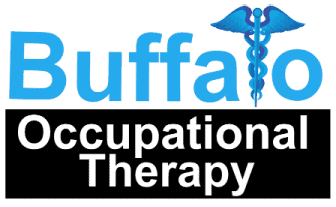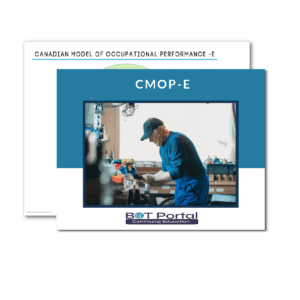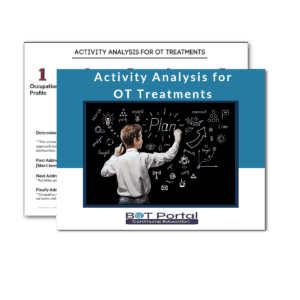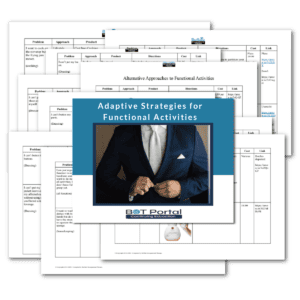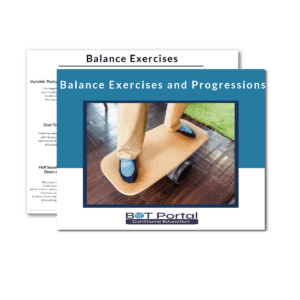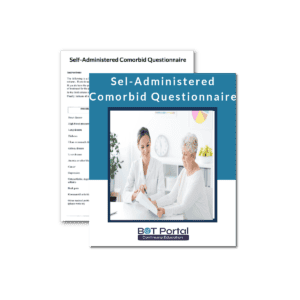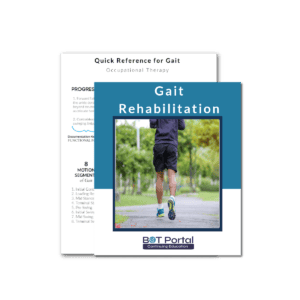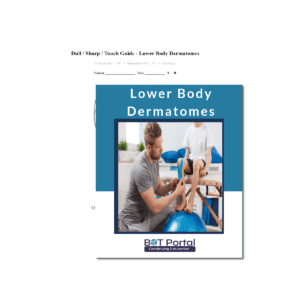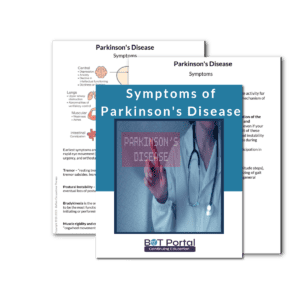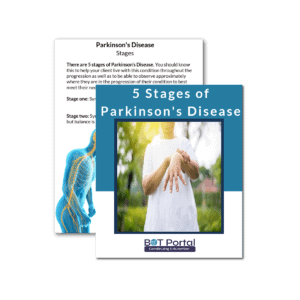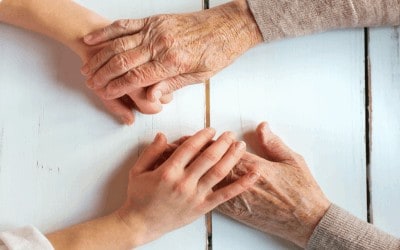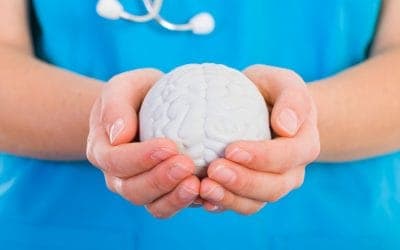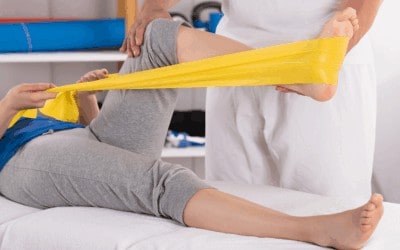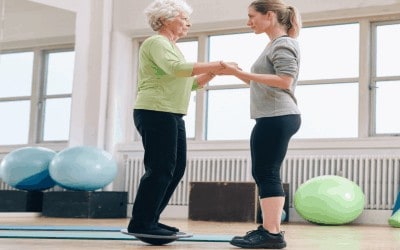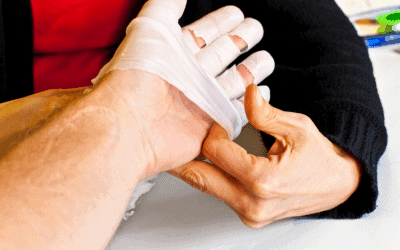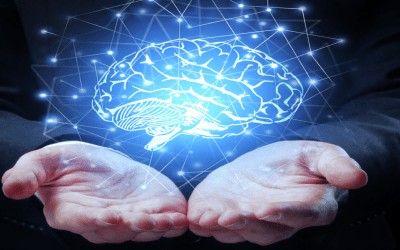
Stop feeling insecure and lost.
Don't wait for BURNOUT to consume your life because there just isn't enough time for professional development or searching for evidence-based information and training for daily clinical treatments.
Join the BOT Rehabilitation Resource Portal and Receive 24/7 access to the highest quality resources designed by an experienced therapist speciically for busy, motivated, and passionate therapists and therapy assistants.




Membership Perks
What is included?
Your investment gives you resources to save you stress, self-doubt, and burnout as you become a confident and competent practitioner who can stand up for your professional point of view and scope of practice.
General:
Occupational therapy practitioner CAN treat the lower body! In fact, in many ways, an occupational therapy practitioner is the BEST practitioner to take lead on lower body rehabilitation and restorative therapy. Despite what you may have learned…or maybe never learned in school…an occupational therapy practitioner should know just as much, if not more about the lower body as they do about the upper body! Occupational therapy practitioners treat the entire body! If your patient wants to do any of the activities found within the 8 domains of occupational therapy, they will need their occupational therapy practitioner to address mobility including restoring function, restoring structures, enhancing performance skills, and maximizing independence. This is a continuum!
So what are some things an occupational therapy practitioner can do for the lower body?
Assign & Train
Assigning and training an Adaptive Equipment and Duable Medical Equipment
Increase safety and efficiency of gain or standing
Prevent deformity or impairment
Determine wheelchair and seating needs
Determine walker, care, mobility aid
ASSESS
Assessing gait, posture, and body mechanics to restore musculoskeletal and neuromuscular function
Gait– manner a person walks
Ambulation – process of moving from place to place
[Necessary] for interdisciplinary or multidisciplinary apprach to rehabilitation
REMEDIATION [Balance]
Remediation of balance and integration of effective weight shifting bilaterally
Achieving equilibrium without acceleration
Increasing standing tolerance in varying degrees of COG displacement
Stability during dynamic weight shift required BUE AROM
Stability during any activity meaningful to your patient
REMEDIATION [Transitional]
Remediation/Restoring Transitional Movements
Moving from one position to another with varying degrees of extraneous cognitive load and contextual factors
Examples:
- Sit to stand
- Stand to sit
- supine to sit to stand
- stand to sit to supine
- sit to stand – pivot [parallel or perpendicular- stand to sit
Assessments to use in Evaluation and Progress Notes:
- BERG Balance Assessment
- Timed Up and Go
- 5 Times Sit to Stand
- 10ft Tandem Line
- Modified Falls Efficacy Scale
- Lower Extremity Functional Scale (LEFS)
- Brief Pain Inventory
- ABC Balance Scale
- Tinnetti Gait and Balance
- Gait analysis Checklist
Common Problems in the Lower Extremity
Foot Drop
- Difficulty or inability for dorsiflexion
- Reduced knee function, hip flexion, and ankle dorsiflexion all may affect clearing during foot swing
- If untreated, client can develop a nonfunctional gait pattern, be at risk for falls. And further functional decline.
- Can cause hip circumduction
- What muscle is affected?
-
-
- Common peroneal nerve, common fibular nerve
- Branches off the sciatic nerve, lumbosacral plexus, and the L5 nerve root proximally
- Innervates anterior tibialis muscle
- What can cause this diagnosis?
-
-
-
- Neurological damage in CNS / PNS
- Diabetes mellitus
- Tumors
- Motor neuron disease
- MS
- Adverse reactions to drugs and alcohol
- Treatment
-
- Surgical Intervention
- Modalities
- Strengthening and movement therapy
- Motor re-learning strategies
- AFO management
-
-
-
-
-
-
Circumduction
- During hip swing the pelvis hikes while the hip abducts on the unsupported side
- The leg advances in a circular motion out to the side
- Decreases safety, increases energy expenditure, decreases movement options for the development of more functional gait patterns
Hemiplegic Gait
**New Research suggests that reciprocal arm swing has very little effect on gait efficiency**
- Foot drop
- Synergy pattern: hip adduction, hip extension, hip medial rotation, knee extension, ankle plantar flexion, and ankle inversion
- Slow speed, short stance phase, poorly coordinated movements, and decreased weight bearing on the affected extremity
- The trunk muscles may by hypertonic restricting normal pelvic forward rotation during gait
Browse the Resource Store!
Don't want to pay for each PDF individually? No problem! The BOT Portal Membership comes with all printable resources and more!
Treatment Video Links
Early Memory Loss and Confusion
Early Memory Loss and Confusion Authored by Michelle Eliason, MS, OTR/L, CKTS, C.D.S.Symptoms of Early Memory Loss and Confusion You Should Take SeriouslyIf you are experiencing signs and symptoms of early memory loss, it is important to take them seriously. Although...
Dementia Diagnosis
Dementia Diagnosis Authored by Michelle Eliason, MS, OTR/L, CKTS, C.D.S.What do I do if I just received a dementia diagnosis?'Dementia' is a general term for memory deficits or memory changes. It is important to note that 'dementia' is not a synonym for any other...
Joint Replacement Rehabilitation
Joint Replacement Rehabilitation Authored by Michelle Eliason, MS, OTR/L, CKTS, C.D.S.What is the role of outpatient occupational therapy for a joint replacement?Outpatient occupational therapy, like every other outpatient rehabilitation, is a specialized area of...
Buffalo Rehab
Buffalo Rehab in West Seneca, NY Authored by Michelle Eliason, MS, OTR/L, CKTS, C.D.S.Buffalo Rehab Option : Buffalo Occupational TherapyBuffalo Occupational Therapy is a specialized buffalo rehab option and was founded in October of 2018 through the Aging with...
Outpatient Occupational Therapy
Outpatient Occupational Therapy Authored by Michelle Eliason, MS, OTR/L, CKTS, C.D.S.What is the role of outpatient occupational therapy? Outpatient occupational therapy, like every other outpatient rehabilitation, is a specialized area of rehab that makes the ability...
Stroke Rehabilitation
Stroke Rehabilitation Authored by Michelle Eliason, MS, OTR/L, CKTS, C.D.S.In search of an outpatient neurological stroke rehab program in Buffalo, NY?When should you have stroke rehabilitation?Depending on how big your stroke was and the area of the brain your stroke...
Early Memory Loss and Confusion
Early Memory Loss and Confusion Authored by Michelle Eliason, MS, OTR/L, CKTS, C.D.S.Symptoms of Early Memory Loss and Confusion You Should Take SeriouslyIf you are experiencing signs and symptoms of early memory loss, it is important to take them seriously. Although...
Dementia Diagnosis
Dementia Diagnosis Authored by Michelle Eliason, MS, OTR/L, CKTS, C.D.S.What do I do if I just received a dementia diagnosis?'Dementia' is a general term for memory deficits or memory changes. It is important to note that 'dementia' is not a synonym for any other...
Joint Replacement Rehabilitation
Joint Replacement Rehabilitation Authored by Michelle Eliason, MS, OTR/L, CKTS, C.D.S.What is the role of outpatient occupational therapy for a joint replacement?Outpatient occupational therapy, like every other outpatient rehabilitation, is a specialized area of...
Buffalo Rehab
Buffalo Rehab in West Seneca, NY Authored by Michelle Eliason, MS, OTR/L, CKTS, C.D.S.Buffalo Rehab Option : Buffalo Occupational TherapyBuffalo Occupational Therapy is a specialized buffalo rehab option and was founded in October of 2018 through the Aging with...
Outpatient Occupational Therapy
Outpatient Occupational Therapy Authored by Michelle Eliason, MS, OTR/L, CKTS, C.D.S.What is the role of outpatient occupational therapy? Outpatient occupational therapy, like every other outpatient rehabilitation, is a specialized area of rehab that makes the ability...
Stroke Rehabilitation
Stroke Rehabilitation Authored by Michelle Eliason, MS, OTR/L, CKTS, C.D.S.In search of an outpatient neurological stroke rehab program in Buffalo, NY?When should you have stroke rehabilitation?Depending on how big your stroke was and the area of the brain your stroke...
